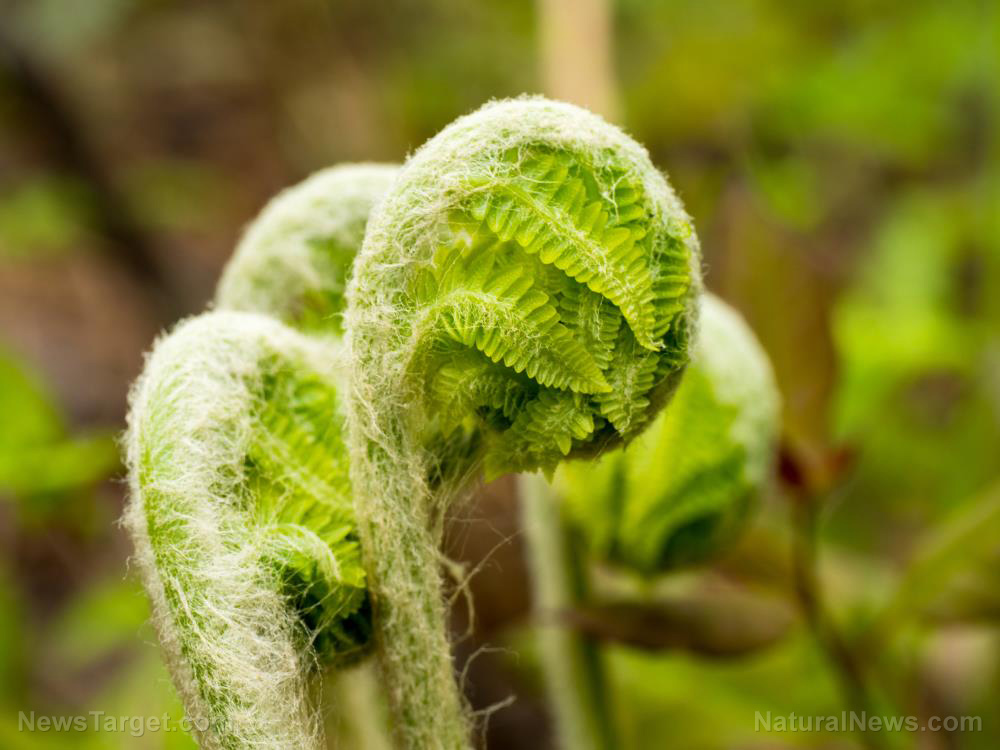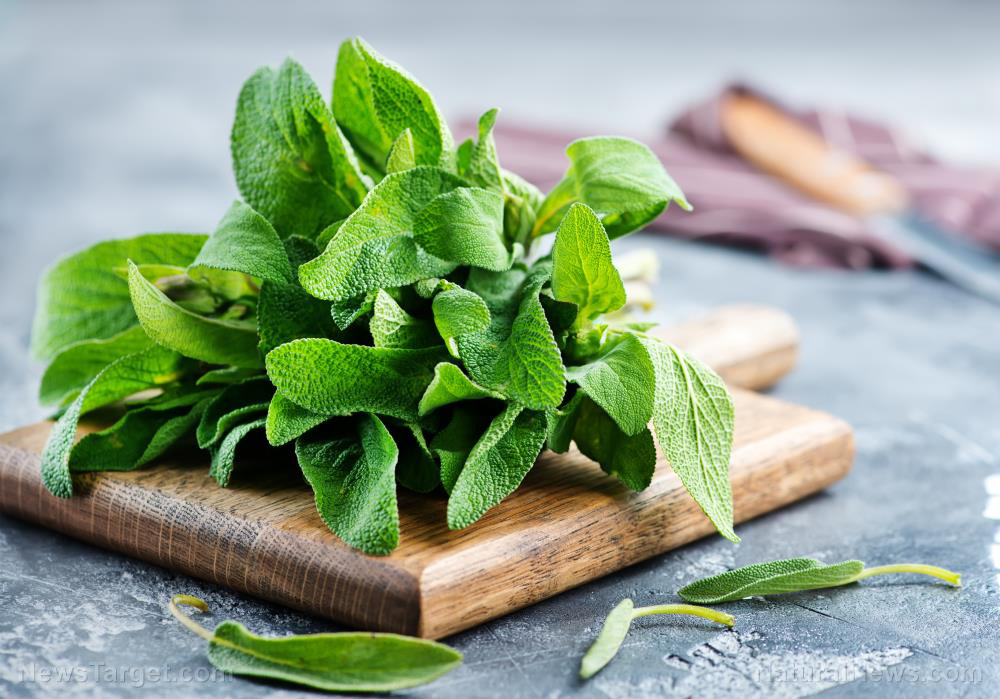
Advertisement
Fiddlehead ferns refer to the tightly coiled tips of a young fern plant. Fiddleheads are named as such because they resemble the ends of bowed string instruments such as violins and cellos. Fiddlehead ferns are a springtime delicacy in North America: People usually forage for these ferns. Meanwhile, they are a traditional ingredient in some Asian cuisines. These are usually different kinds of species carrying this name. Fern species consumed as fiddleheads include ostrich fern (Matteuccia struthiopteris), bracken fern (Pteridium aquilinum) and vegetable fern (Diplazium esculentum).
Fiddlehead ferns can be steamed, baked, fried, added to soups or made into salads. They have a nutty, delicate flavor similar to asparagus and broccoli. Fiddleheads are also a good source of several minerals – aside from being a delicious ingredient.
The Japanese consume a wide array of fiddleheads from different species. Bracken fern (warabi), ostrich fern (kogomi) and cinnamon fern (Osmunda cinnamomea, zenmai) are some of the ferns the Japanese love to snack on. Ostrich and cinnamon ferns can be blanched quickly in boiling water with salt. However, the Japanese prepare bracken ferns by tossing them in a small amount of baking soda before boiling water is poured. The entire setup allowed to steep overnight, letting it cool naturally before being used.
A word of caution: Several fiddlehead fern species such as P. aquilinum can cause cancer and food poisoning if they are eaten without properly preparing them beforehand. However, you need not follow labor-intensive procedures to prepare fiddleheads. Here are some tips you can follow to safely enjoy fiddlehead ferns.
Cleaning fiddlehead ferns
It is best to wash your hands with hot, soapy water before and after handling fiddleheads to avoid picking up microbes and toxic substances. Use your fingers to remove as much of the brown, papery husk on the fiddleheads. Put the peeled fiddleheads afterward in a bowl of clean, cold water and wash them to remove any residual mud or dirt. Repeat the process two or three times.
Cooking fiddlehead ferns
Do not cook fiddlehead ferns immediately after you finish washing them! Always boil the fiddleheads first for 15 minutes or steam them for 10 to 12 minutes until tender. Only then can you proceed with cooking the fiddleheads using other methods like baking, stir-frying or sautéing. Make sure to discard the water you used to boil or steam the fiddlehead ferns afterward as it is dirty.
Storing fiddlehead ferns
To freeze fiddleheads, clean them thoroughly as above and boil for two minutes. Blanch them in cold water, drain and pat dry. They can now be stored in freezer bags from nine months to a year. However, it is not advisable to preserve fiddlehead ferns at home using a pressure canner. A document released by authorities in Canada’s New Brunswick province said: “A pressure canner is not recommended because safe process times have not been established for home-preserved fiddleheads.”
Fiddlehead ferns are prepared and cooked in different countries in more ways than one.
The Minangkabau people of Indonesia’s Sumatra region cook fiddlehead ferns in curry and coconut milk. The dish called “gulai paku” or “gulai pakis” include a number of spices such as chili, lemongrass, galangal and turmeric.
Here is a quick and easy recipe for fiddlehead ferns to make your taste buds sing a tune!
Sauteed fiddlehead ferns recipe
Good as an appetizer or a side dish, this recipe contains minimal seasonings to showcase the natural flavor of the ferns.
Ingredients for 4 servings:
- 1 pound fiddlehead ferns, cleaned and pre-cooked
- 2 cloves garlic, minced
- 1 tablespoon organic butter
- 1/2 tablespoon lemon juice
- 1 teaspoon black pepper
- Sea salt to taste
Preparation:
- Warm butter in a frying pan, then add the minced garlic. Sauté the garlic until it becomes fragrant.
- Add the fiddlehead ferns, and stir them well on medium-high heat until their edges start to brown.
- Add black pepper and lemon juice to flavor the ferns, and mix well.
- Add sea salt according to your preference, and serve.
With proper preparation, your safety need not play second fiddle when enjoying fiddlehead ferns!
Head over to EmergencyFood.news to read about fiddlehead ferns and more.
Sources:
GNB.ca [PDF]
Advertisements







